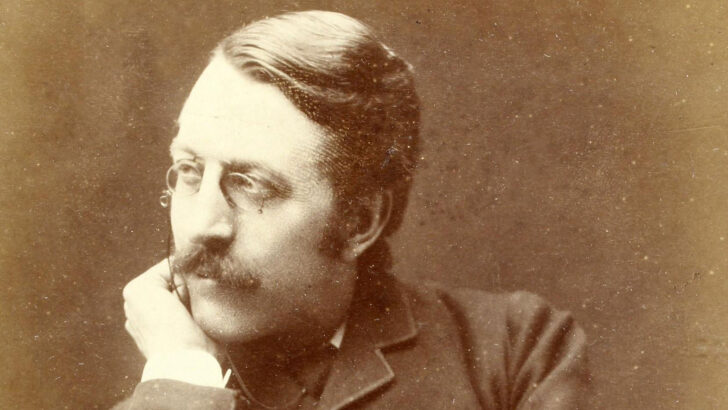This year celebrates a number of composer centenaries, among them the anniversary of the death of Dublin-born Charles Villiers Stanford, who played an important role in music education in the UK where he was professor at Cambridge and a founder of London’s Royal College of Music.
The NSO remembers him at the NCH tomorrow (February 2) when Carol McGonnell plays his clarinet concerto and on February 16 and 17 at both the NCH and Waterford’s SETU Arena with Finghin Collins the soloist in Stanford’s 2nd Piano Concerto. Dubliner Killian Farrell, general music director at the state theatre in Meiningen in Germany, conducts.
Born in Dublin’s Herbert Street in 1852, Stanford came from a well-to-do family. His lawyer father, John James, also a cellist and noted bass, sang the title role in Mendelssohn’s Elijah at its first Dublin performance in 1847. Charles mother, Mary, also had legal forbears and was an accomplished pianist.
Supervising her son’s music lessons, Mary Stanford realised his precocious talent. Aged seven, he gave a recital of piano music by Mozart, Beethoven, Mendelssohn and Ignaz Moscheles, then a popular composer. A march, written by Charles when he was eight, was played in a pantomime in Dublin’s Theatre Royal a short while later.
Charles’ godmother, Elizabeth Meeke – a former Moscheles pupil in Leipzig – took charge of his piano lessons. Stanford later recalled she insisted on his sight-reading a Chopin Mazurka at the end of each lesson.
Acknowledging the need of a ‘proper’ education, Charles’ parents enrolled him in the strict Henry Tilney Bassett School on Dublin’s Lower Mount Street. Under English-born Bassett, the establishment enjoyed a considerable reputation with many past pupils securing lucrative posts in business and academia.
On his first visit to London when he was ten, Charles had composition lessons from Tralee-born Arthur O’Leary then a professor at the Royal Academy of Music. Back in Dublin, Henrietta Flynn, another Moscheles pupil in Leipzig, replaced Elizabeth Meeke as his piano teacher while Stanford studied as well with Robert Stewart, organist at St Patrick’s Cathedral and TCD music professor.
With his only son set on music as a career, John James Stanford insisted the lad should have a broader university education and Charles was sent, on scholarship, to Queens’ College, Cambridge in 1870 carrying an impressive collection of compositions in his portfolio.
Immersing himself in college life, he quickly became assistant director of its musical society. As Stanford’s attempts to introduce women to its all-male ranks were firmly resisted, he set up a rival mixed-voice group in 1872. As its performances outshone those of the original society, a compromise was reached by joining forces under John Larkin Hopkins with Stanford as his assistant.
Organist at Trinity College, Cambridge, Hopkins appointed Stanford his deputy at Trinity whither the young man transferred in 1873, the year of his first visit to Germany. In Bonn he met Brahms, with whom he formed a lasting friendship, and by this time Stanford was being recognised as a classicist on the lines of Schumann and Brahms rather than a modernist, embracing Liszt and Wagner.
To be continued.


 Irish composer Charles Villiers Stanford
Irish composer Charles Villiers Stanford 